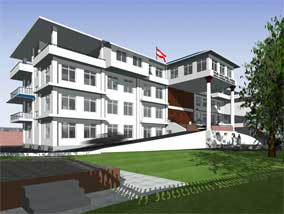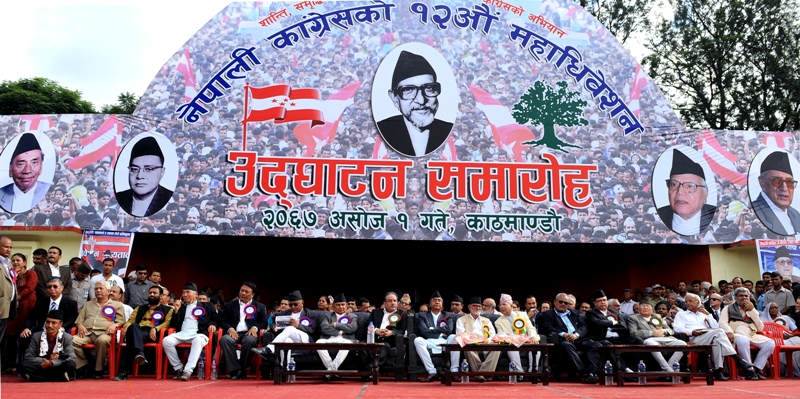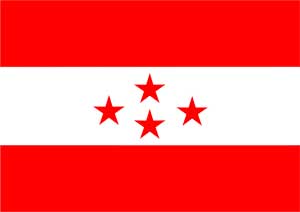The Nepali Congress Party (also known simply as Congress in Nepal or abbreviated as NC) is one of the biggest and oldest political parties in Nepal. The party was established in 1946 in India when most of the party’s founding leaders were living in exile.
The Nepali Congress party was an outcome of unification between two political groups, the Nepali National Congress and the Nepal Democratic Party. As stated on the party’s website, at the time of its formation, the party’s objectives were:
• To raise the political consciousness of the people to overthrow the century-old Rana rule as a precondition for the liquidation of feudalism.
• To establish a democratic system of government with a constitutional monarchy.
In Brief
Established: 1947, in India
Election Symbol: Green Tree
Ideological Values: Nationality, Democracy, Socialism
Official Website: http://www.nepalicongress.org/
Nepali Congress party mainly represents the middle and upper-middle-class people in Nepal and has some support from the rural poor and city labourers as well. Nepal’s communist parties often accuse the Nepali Congress party of representing the rich, capitalists, and former royalists and of being regressive in its development programs and social policies.
The party’s political documents strongly support democracy, freedom of speech, human rights and rule of law. Though while in power, the party itself and its leaders have been accused of working against the spirit of democratic values. NC’s youth leaders have at times accused the party of not exercising democratic values within the party’s organizational structure and day-to-day activities.
 A green tree is the election symbol of the NC.
A green tree is the election symbol of the NC.Nepali Congress has been at the forefront of almost all major political struggles fought for democracy and rule of law in Nepal. It has been in power several times and some of its influential leaders were mired in serious corruption scandals as well.
Formerly an advocate of a constitutional monarchy, Nepali Congress signed the famous 12-point agreement with Maoist rebels and other political parties to finalize the future of Nepal’s monarchy through an elected Constituent Assembly. The deal came into fruition and while Nepal’s decade-long civil war came to an end, the country’s 235-year-old monarchy was abolished.
Nepali Congress Flag Meaning
 Nepali Congress’ Central Office in Sanepa Kathmandu.
Nepali Congress’ Central Office in Sanepa Kathmandu.Nepali Congress party flag has three layers symbolizing the mountains, the Terai and the hills. The red colour indicates revolution and the white symbolises peace that supposedly comes after a revolution. The four stars reportedly represent the four basic freedoms. The idea of putting four stars on the flag was that of Subarna Sumshere Rana who was leading the Nepal Democratic Congress before it united with BP Koirala’s Nepali National Congress to become the Nepali Congress.
BP’s Nepali National Congress flag had a similar flag, but it had only three stars and a rising sun. The rising sun was meant to symbolize the growing political awareness in Nepal. When the party unification was complete, it was decided that the flag of the Nepali National Congress will be kept as the new party’s flag. However, since Subarna Sumshere Rana had printed his flags en masse already and printing the new flag in large quantity would cost a lot of money, they decided to keep the flag with the four stars.
As of 2015, Nepali Congress’ central office is located in Sanepa Kathmandu where regular party meetings take place.




